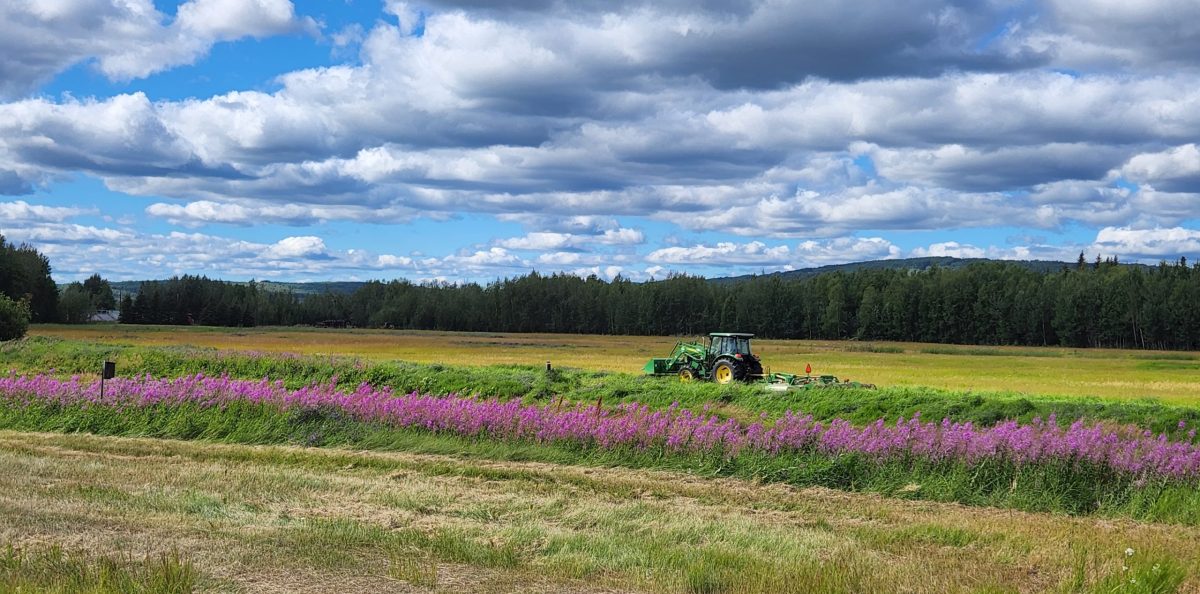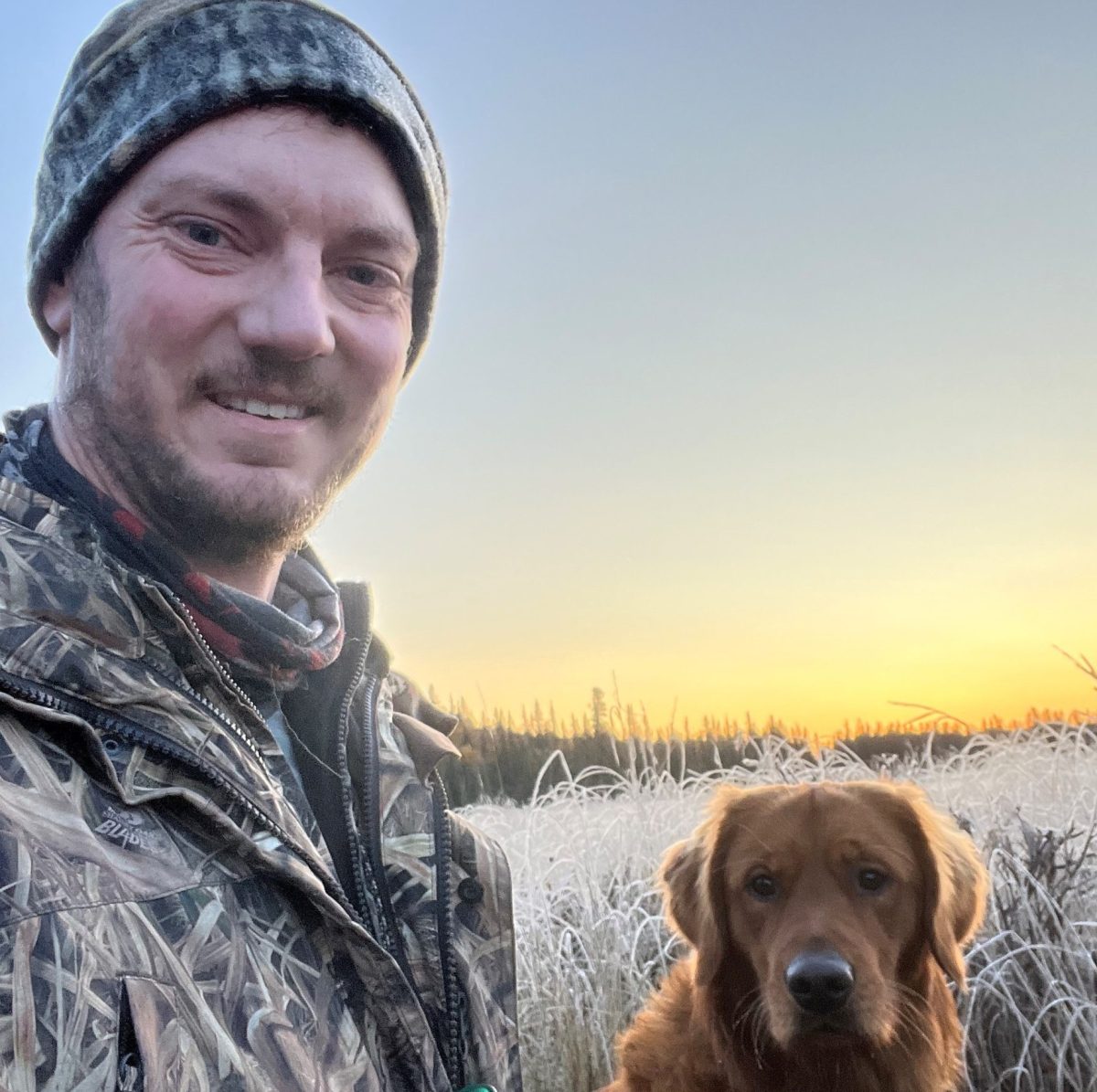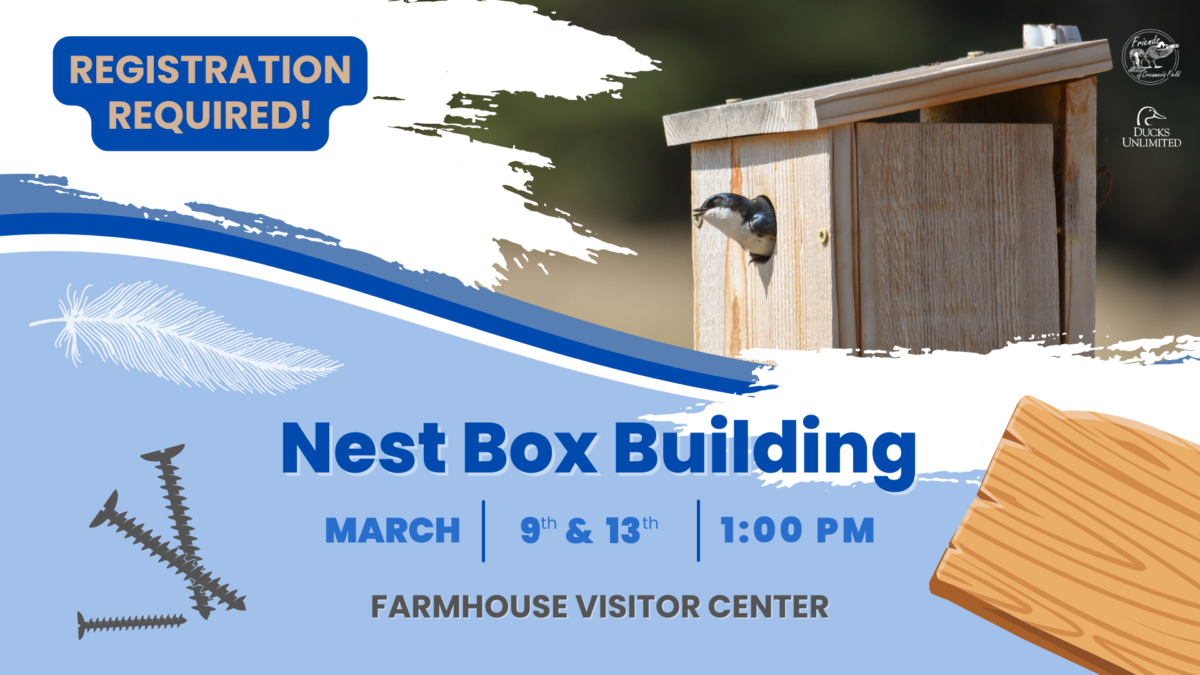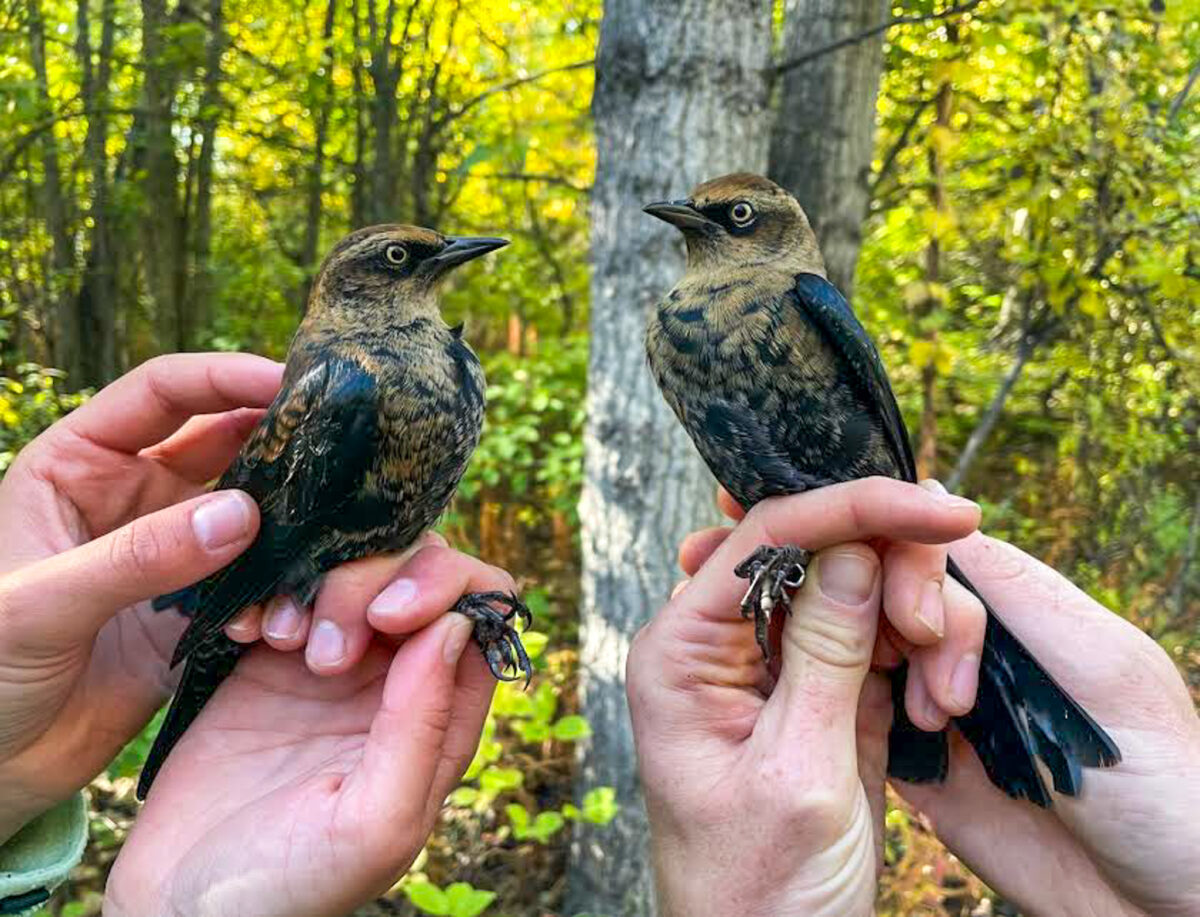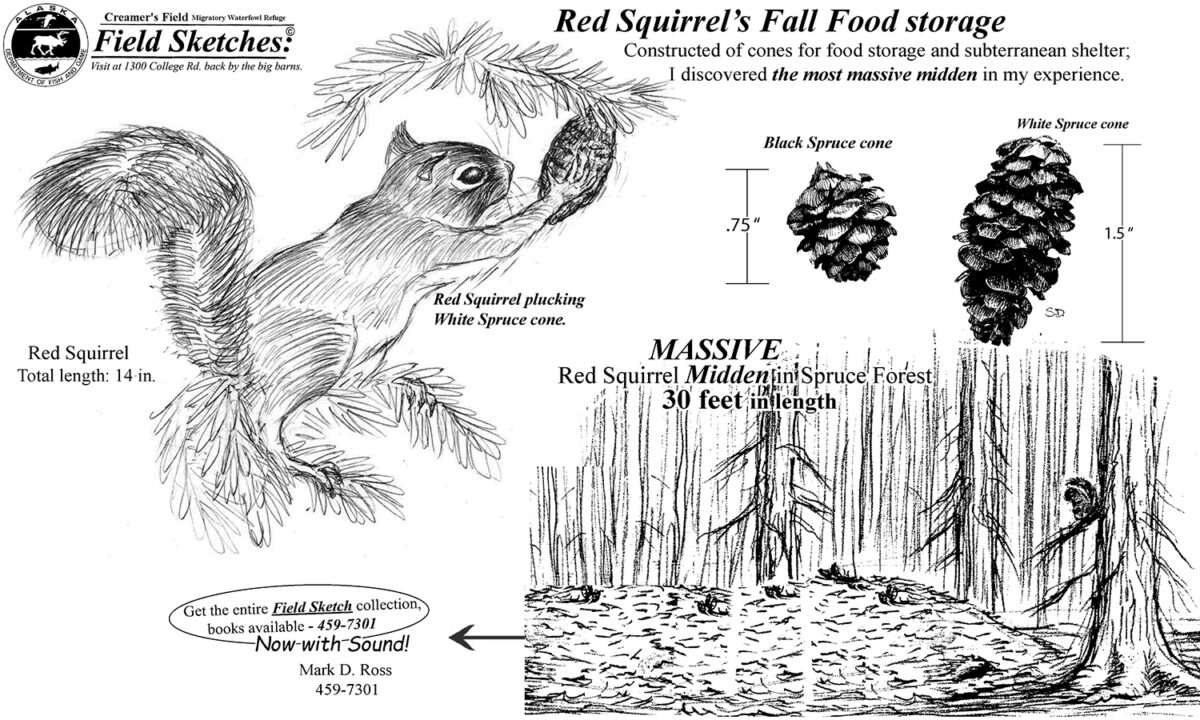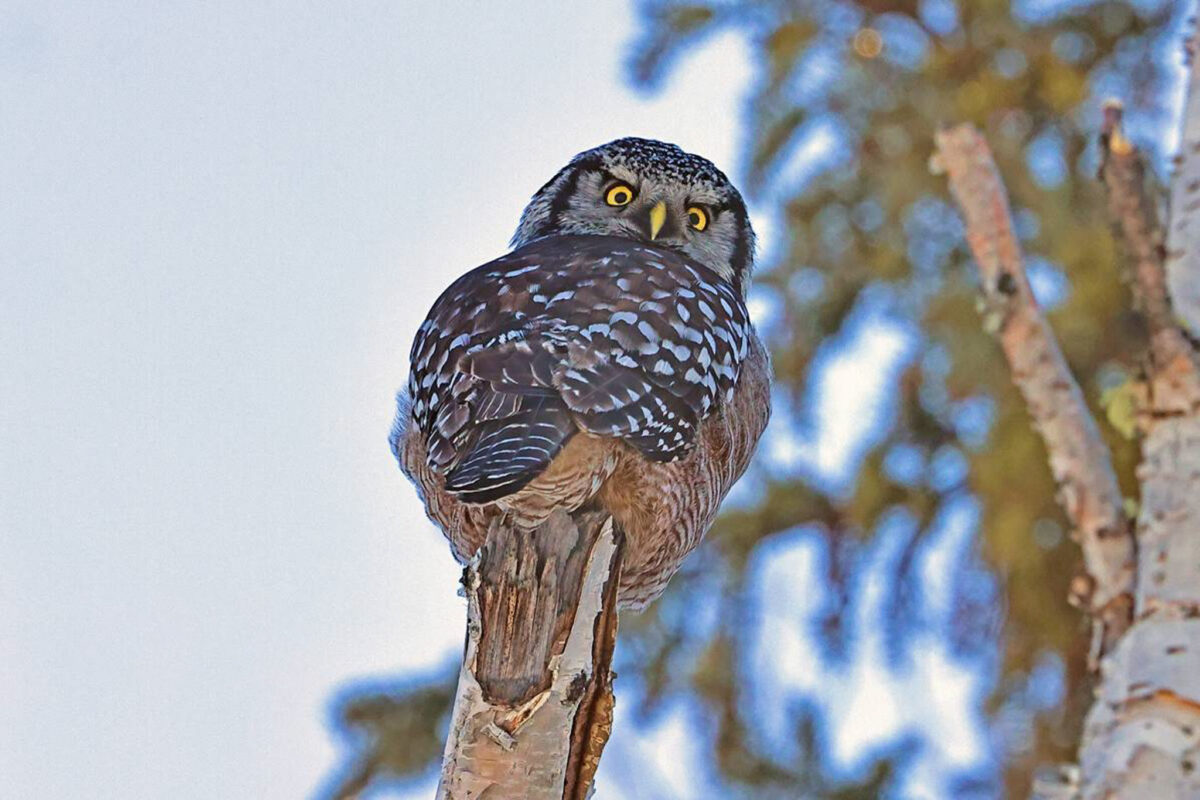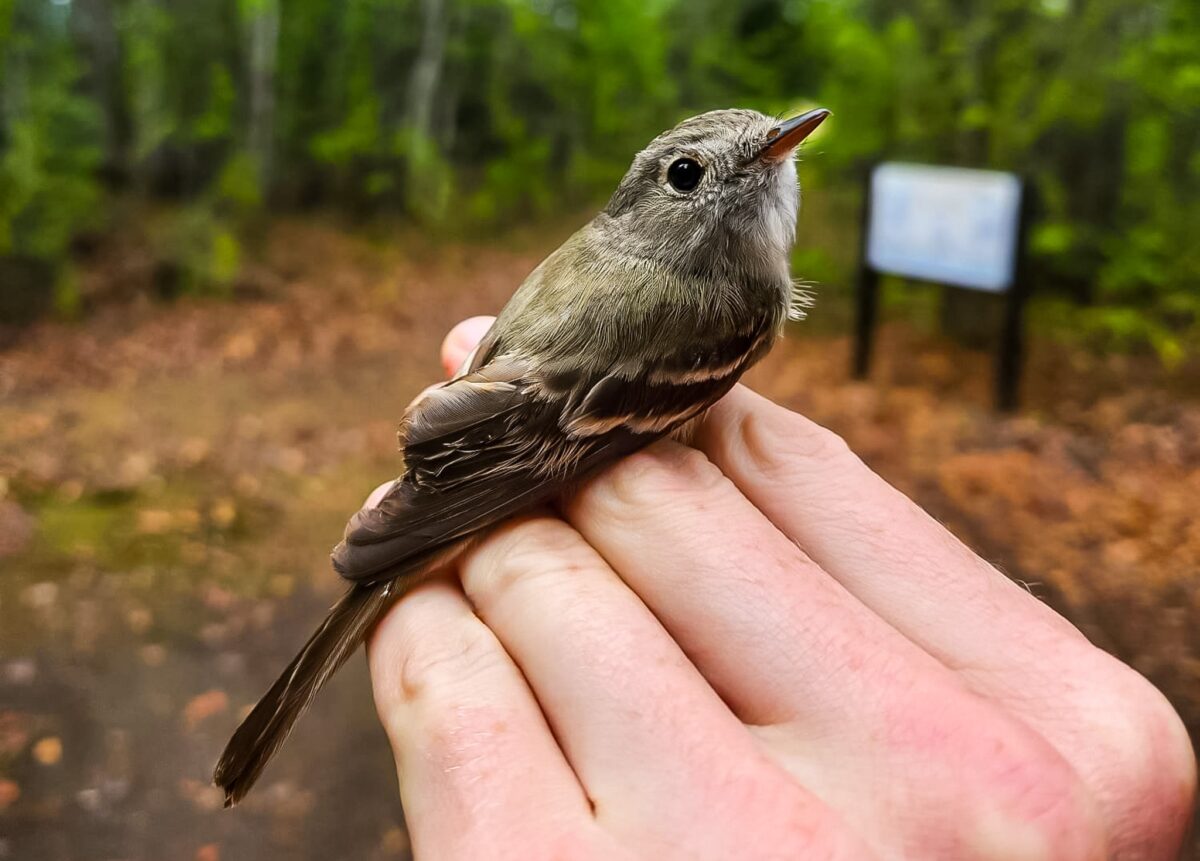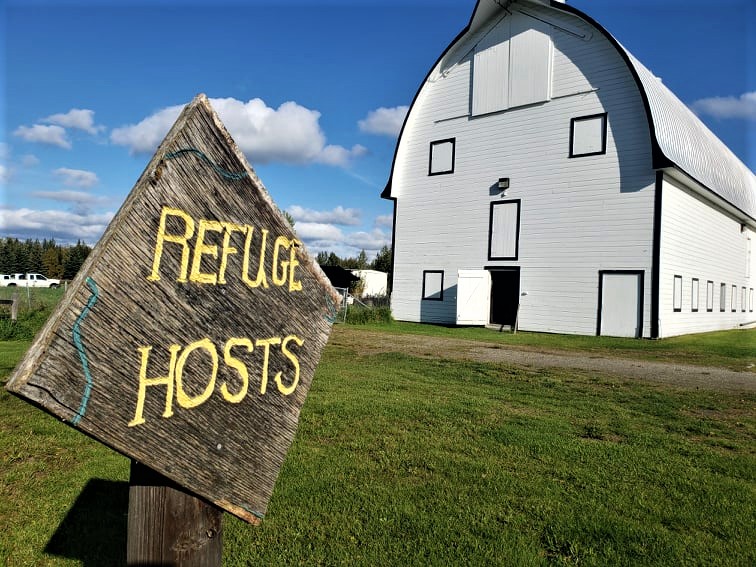The springtime brings many changes to Interior Alaska. Here at Creamer’s Field Migratory Waterfowl Refuge in Fairbanks, the skiers and dog mushers put away their skis and puffy coats to wait patiently for the next winter season. As the temperatures warm, the rapidly melting snow exposes bare ground and floods the sprawling fields, creating an ideal respite for thousands of birds from their grueling migration journeys as they venture towards their northern breeding grounds. The large spectacle of birds attracts travelers from all over the world who are eager to experience the splendor of the refuge. As the masses of birds feed on the leftover and spread grain in the fields, refuge management heeds the incoming warmer months and prepares their cultivation for migration. Early Dairy Farming Farming interest took off in the Interior in the early 1900’s after the discovery of gold and the area flooded with prospectors expecting to strike it rich. As the town of Fairbanks grew, …
Meet the ADF&G Refuge Manager: Clint Cooper
Clint Cooper began as the Refuge Manager of the Creamer’s Field Migratory Waterfowl Refuge for the Alaska Department of Fish and Game in December 2023! Originally from Texas, Clint was pursuing a B.S. degree in wildlife biology at West Texas A&M University when he landed his first summer gig in Alaska at Delta Junction. In May 2006 he loaded up his pickup, drove to Alaska, and spent the summer in the field learning the plants and surveying the vegetation of Interior Alaska. Clint was hooked on Alaska, and after finishing his degree at West Texas A&M University, he returned to Alaska and worked in wetlands, wildlife, and invasive species management. He started with ADF&G in 2017 as the manager of the Delta Junction Bison Range, where he worked on many habitat improvement projects to benefit wildlife. The purpose of the bison range is to perpetuate free-ranging bison by providing adequate winter range and to alter seasonal movements of bison to …
Seeking Songbirds: Fall Bird Banding at the Creamer’s Field Migration Station
The rapidly shifting seasons continually brings many changes to Creamer’s Field Migratory Waterfowl Refuge. As the springtime floodwaters receded, the warmer days awakened hibernating life, and the sunlight from the longer days brought forth lush green leaves and grass seemingly overnight! In the spring, sojourning songbirds arrived after their long migratory journeys to raise the next generation during the warmer months. The birds embark on various nest establishing and construction in preparation for breeding. The abundance of berries, fruit, seeds, insects, and other invertebrates during the warmer months grant adult birds the ability to feed themselves, their young, and eventually the young birds learn to forage and feed themselves throughout the season. Bird Population Data The Alaska Songbird Institute (ASI) completed their banding efforts for 2023 at the Creamer’s Field Migration Station (CFMS) for the fall season. As discussed, in a previous blog post about springtime bird banding: researchers catch, record, and keep track of individual birds by placing an …
Creamer’s Sounds and Sights: Massive Midden
Listen to ADF&G Wildlife Biologist and environmental educator Mark D. Ross talk about various wildlife and habitats here at Creamer’s Field.
Resident Raptors: A Chronology of the Northern Hawk Owls at Creamer’s Field
Creamer’s Field Migratory Waterfowl Refuge became home to a nesting pair of Northern Hawk Owls for the better part of a year. These solitary and mysterious birds of prey remained a constant and extraordinary presence here on the refuge for humans and wildlife alike. Their visible hunting and nesting activities created an accessible spectacle. Many dedicated local birders and refuge staff were able to document every daily aspect of these owls’ lives from witnessing daily hunting during the late fall and winter, mating, establishing a nesting site, successfully raising young, and battling other local predators for territory throughout the many months of their residence here on the refuge. Range and Habitat The Northern Hawk Owl, Surnia ulula, remains as one of the least-studied birds in North America. The name “hawk owl” comes from its hawk-like body shape, posture, and daytime hunting habits. It is a medium-sized owl at 16″ long and has a long slender tail, black facial disk borders, …
Seeking Songbirds: Spring Bird Banding at the Creamer’s Field Migration Station
For decades, the site of the former dairy and current Creamer’s Field Migratory Waterfowl Refuge has been distinguishable by the grand white barns, expansive open fields, white pillars of birch trees on the wetland, plentiful wildlife, and miles of trails. Amid the various habitats and wildlife, the refuge is best known by birdwatchers, photographers, and researchers for its abundance of birds. The refuge hosts resident and migratory birds of all types including waterfowl, shorebirds, Sandhill Cranes, seabirds, birds of prey, and songbirds. Songbirds at Creamer’s Field are notable for the vast amount of data they’ve provided to scientists over the decades at the research station based here. To find it, visitors must venture to the west side of the refuge. Along the Seasonal Wetland Trail, nestled back in the boreal forest at the center of numerous converging footpaths, is the northernmost continually operated songbird banding station in North America: The Creamer’s Field Migration Station (below). The Creamer’s Field Migration Station …
Meet the Programs & Events Coordinator: Melanie Graeff
Melanie joined the Friends of Creamer’s Field family back in March 2020. She has since been involved in creating outreach content for in-person and virtual programs, along with content for our website and social media accounts. Melanie was raised near Dayton, OH. She grew up playing soccer and spending time outside. She was recruited to play at the collegiate level at Capital University in Columbus. During her studies, she expanded her interests to include environmental science. After marrying husband Nate, she moved west to Olympia, WA to pursue a graduate degree. Her studies encompassed utilizing Geographic Information Systems (GIS) technology for mapping the Earth, science education, program outreach, climate science, and natural resources management. Her favorite outdoor passions include kayaking, hiking, birding, trail running, fishing, and wildlife photography. After earning her Master’s, she had an opportunity to work as an AmeriCorps member alongside the U.S. Fish & Wildlife Service to facilitate shorebird education and outreach at several wildlife refuges in …
Refuge Hosts at Creamer’s Field
Throughout the year, Creamer’s Field Migratory Waterfowl Refuge hosts many resident and migratory birds, mammals, insects, students, scientists, and visitors. On a visit to the refuge, you might have passed the “Refuge Host” sign by the large dairy barn and probably asked: why would this refuge need a host? The farmhouse was renovated in the 1990s to serve as a visitor’s center for the refuge. To ensure that the Farmhouse Visitor’s Center was fully staffed to accommodate visitors, the Refuge Hosting program was set up in 1998. Refuge Hosts serve as volunteers for the Division of Wildlife Conservation of the Alaska Department of Fish and Game. The summer season lasts from May 15 – September 15 and that period is split into three duty periods. Throughout their duty period, volunteering Refuge Hosts stay on site at the RV hook-up area. They provide essential services at and around the 12-acre historic buildings area. Refuge hosts staff the visitor’s center on the …
- Page 1 of 2
- 1
- 2

